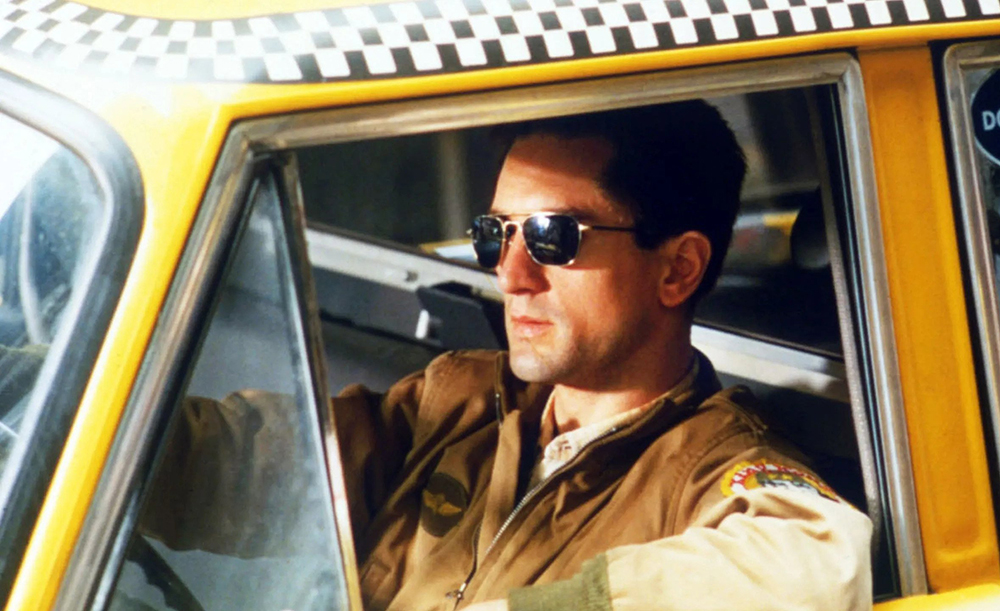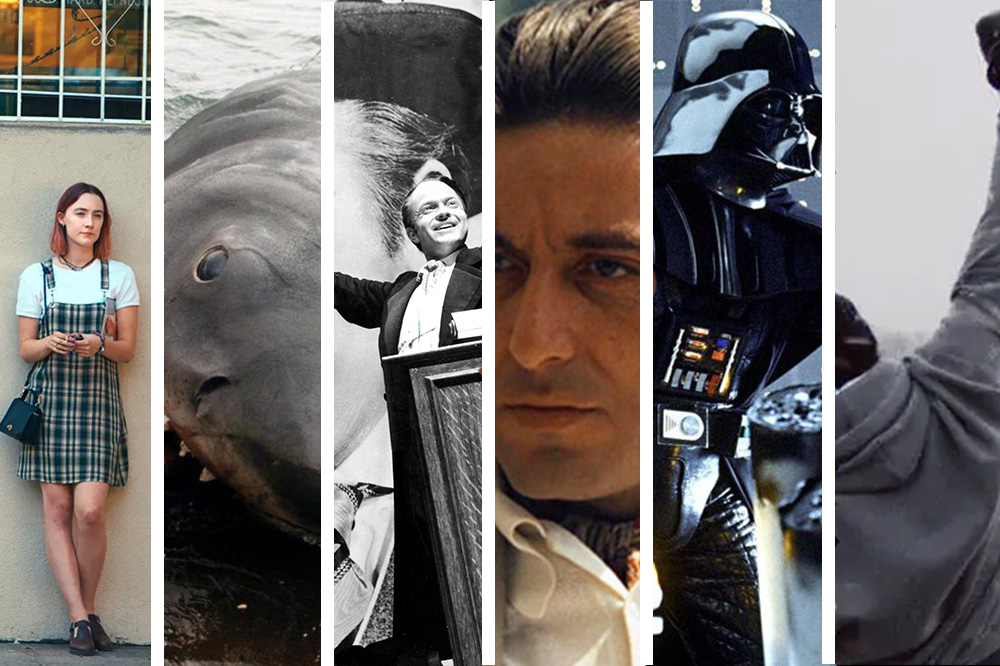Abirbhab Maitra

(*Film picks are in ascending order).
10. “Un Chien Andalou” — Now it is quite bizarre to even think about juxtaposing the majestic beauty of a cloud bisecting the moon in the night sky to a razor slitting the eye of a beautiful woman. But Luis Bunuel’s “Un Chien Andalou” is a startling piece of work which. It is a prime example of how a story can be told without any dialogue, by putting the exact imageries on the sync with the proper use of music.
9. “Citizen Kane” — Well I believe it is quite a familiar technique nowadays to tell the story in the non-linear fashion with the screenplay goes back and forth. But at the time when “Citizen Kane” was released, it was considered as a bold choice. With deep focus cinematography, unusual camera angles, and having a subjective psychoanalysis of the character, Orson Welles’ debut film paved the path for the exploration of what cinema can be for generations to come.
8. “The Godfather Part II” — Many considered “The Godfather” as the greatest films of all time. Though I believe the second installment of The Godfather trilogy is one of the best achievements in the cinematic history. Just like Welles’ “Citizen Kane,” Francis Ford Coppola’s “The Godfather Part II” is gives us an intimate look in the life of Michael Corleone. At the same time, it juxtaposes the life of the late Vito Corleone. It goes back and forth in two different timelines. The screenplay goes in two opposite directions only to follow a circular path to meet one another, making the film simultaneously a prequel and a sequel.
7. “Pulp Fiction” — Quentin Tarantino is considered as one of the greatest filmmakers working today, whose films I have not been a big fan of. But at the time I watched “Pulp Fiction,” it just blew my mind. With the multi-narrative film disrupting space and time, Tarantino gave a middle finger to all the established conventions of the cinematic form, and makes a canonical text in cinematic language.
6. “Close Up” — Famous New Wave filmmaker Jean-Luc Godard once told, “Cinema is truth 24 times per second.” Abbas Kiarostami’s “Close Up” tried to go beyond that 24 times per second and dug deeper. It strips all the cinematic jiggery to find the exact meaning of truth. Half fiction and half documentary, he blurs the line between reality and fiction and makes us to introspect about our subjective truths.
5. “Mirror” — Any movie list would be incomplete without Andrei Tarkovsky. When I watched his 1975 film “Mirror,” I was not sure what it is all about. But while watching it, I felt that I was in a trance state. It doesn’t matter what it was all about — I had to surrender to it to take myself into another dimension. As you can’t describe a Beethoven’s symphony or the smile of Mona Lisa, “Mirror” harbors the mystery within itself which you can’t do anything but feel.
4. “Breathless” — Jean-Luc Godard is one of the iconoclastic filmmakers who constantly breaks the barriers of cinematic language. It was with “Breathless” that he started to show the world what cinema can be and how we need to scrap all the rules in the art to create something new. With jump cuts, breaking the fourth wall, and discontinuous editing style, “Breathless” is still one of world cinema’s fascinating masterpieces.
3. “Apocalypse Now” — The Vietnam War is considered a pivotal moment in world history. When Francis Ford Coppola tried his hands on this subject, it was not an easy thing to accomplish. But after a turbulent production when the film released, it showed the original horrors of the war. It uses the psychedelic madness of it with authenticity, making it one of the greatest films ever made.
2. “2001: A Space Odyssey” — In Martin Scorsese’s words, “We are all the children of D.W. Griffith and Stanley Kubrick.” The man who changed the perception of cinema for the audience by creating the spectacle on-screen did so unequivocally with “2001: A Space Odyssey.” With this gigantic piece of work, Kubrick tried to explore the Nietzchean philosophy about the meaning of life. In doing so, he pushed everything a million times — both technically and aesthetically.
1. “Taxi Driver“ — A troubled taxi driver roams around the streets of New York watching every activity of the people on the roads, sidewalks, cars, and bars. This is the story of “Taxi Driver.” Though it seems simplistic, the film has more to offer you can’t even imagine about. Being a psychological thriller, “Taxi Driver” is not just about a broken perspective of a troubled man. It is also a harsh reflection of society itself.

